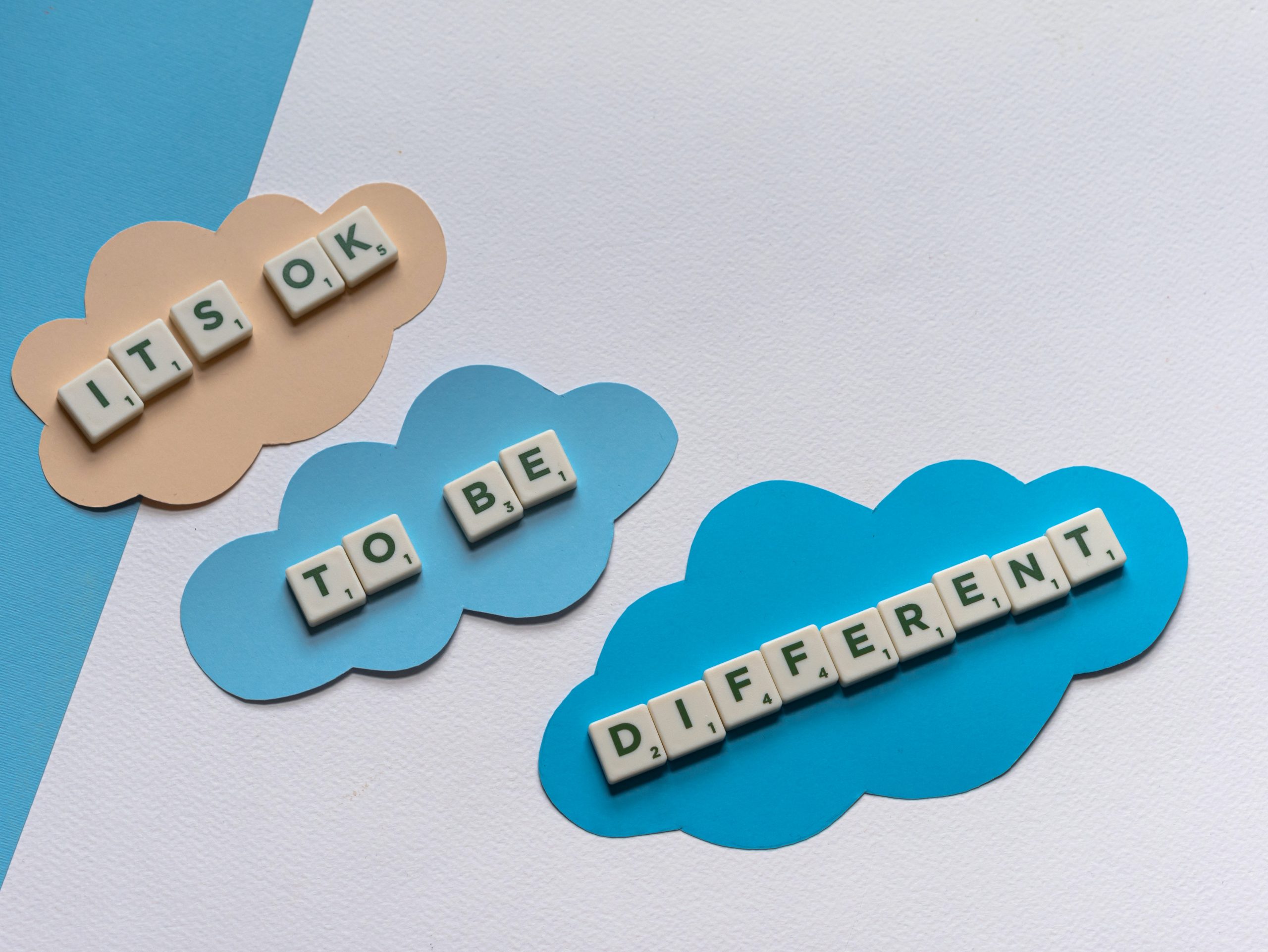Technology is crucial in a competitive hiring landscape, eliminating tedious, manual tasks and helping recruiters get talent in the door quicker and easier. But we all know that technology isn’t perfect. When building relationships with recruiters, candidates appreciate human interaction, something most new technologies lack.
With marketing automation technology, having a combination of both is possible.
It can be easy to assume automation is the antithesis to human connection. But rather, it can actually act as a steppingstone to foster human interaction, not replace it. When reevaluating hiring and recruitment strategies, HR teams can look to marketing automation to transform their talent acquisition and build human connection across the talent lifecycle.
Personalisation at scale
Often, automation is viewed as a tool that simply generates mass messaging. While that is one of its capabilities, one of the lesser-known benefits is that it also enables recruiters to personalise these communications with candidates and target them with enticing content, transforming the often ingenuine and tiresome candidate experience.
Marketing automation tracks candidate engagement across the company digital footprint – including their emails, text messages, social media channels, landing pages, career sites and more – so recruiters know exactly which content candidates are engaging with and what interests them most. Recruiters can then create a unique experience for candidates, tailoring automated recruitment campaigns based on how a candidate has interacted with them and define just how interested they are in your company.
Leveraging a tailored recruitment campaign, the more employer brand content a candidate clicks on, the more they will receive. With billions of marketing workflows, recruiters can set up countless automations so that the type of content candidates receive is tailored as they move through the recruiting journey.
Goodbye cold calling. Hello strategic communication.
With automation, candidate engagement isn’t just tracked – it is also scored. Each candidate is given an engagement score based on their interaction with recruitment teams’ online assets, letting recruiters know where they are in the process: Cold, warm or hire-ready. The real-time data allows hiring teams to truly get a grasp on their candidates’ interest levels in a way they never have before.
Marketing automation also eliminates the need for cold-calling candidates in mass quantities. By using this technology, cold calling can now be considered as an archaic tactic as recruiters already know who is interested in a hiring conversation. When the time comes to recruit, hiring managers know exactly who to contact and how to contact them.
Encouraging strategic communication through automation over cold calling, recruiters can also build relationships with candidates who are actually interested in a role and streamline their processes. With a better understanding of your candidates, recruiters can reduce the number of awkward conversations by only reaching out to the most engaged candidates, build better quality relationships and encourage human interaction in the hiring process.
With highly specialised talent becoming harder to source, the recruitment team at global engineering firm Mott MacDonald uses marketing automation to create regular touchpoints, nurturing candidates throughout the recruitment journey. Based on their actions, candidates are automatically segmented as cold, warm or hire-ready. Recruiters can use this information to send messages that have been personalised based on the candidate’s interest level. As more candidates are nurtured, recruiters create a warm bench of candidates to pull from as new roles open.
Engaging diverse talent
When evaluating a company’s commitment to diversity and inclusion, iCIMS data reveals that university graduates in the UK are looking to various places for affirmation. This includes focusing on diversity in employee pictures on career sites and social media pages and representation during the hiring process and among company leaders (source: iCIMS UK Class of 2023 Report).
While it’s easy to check off these boxes, we know that diversity still cannot be just a one-off objective. Leaders must take a holistic approach to create an inclusive workforce, and this includes rethinking processes, systems and technologies. With the ability to communicate with across the hiring journey, automation can empower recruiters to showcase their diversity and culture authentically to candidates, giving them a glimpse into their commitment to diversity at their organisation
Tailored recruitment campaigns let recruitment teams hyper-target diverse candidates with the content they want to see, such as highlighting key company benefits, showcase an organisation’s dedication to inclusion in the workforce, displaying images of diverse teams and sharing employee-generated video content. Through these automated nurture campaigns, diverse candidates can more easily be educated on your employer brand.
Quick-apply automations can also help remove barriers for under-represented candidates to apply. By speeding up the application process, automation can foster humanisation, helping us understand and identify the barriers diverse candidates may face when applying for a role and help to improve the process moving forward.
Candidate nurture for the future
Traditionally, recruiters begin sourcing candidates once there is a vacancy to be filled. Today, we know that a short-term mentality can cause long-term recruiting challenges. Marketing automation lets recruiters nurture candidates throughout the recruiting journey, engaging them with content tailored to their interests before they are ready to apply for a role.
With the fierce competition for talent, candidates require full transparency on what they are signing up for when joining an organisation. And often, it can take more than the interview process to truly understand a culture. Candidate nurture helps educate candidates on the brand and ensures a steady pipeline of hire-ready talent in recruiters’ databases. Helping to ensure a sustainable talent acquisition strategy for the future, automation treats the application process as an educational journey for candidates.
In our technological era, humans don’t need to move away from connection – we need to find new ways to foster it. If used well, automation and the human touch can go hand in hand, building a foundation for relationships between recruiters and candidates throughout the talent journey.









